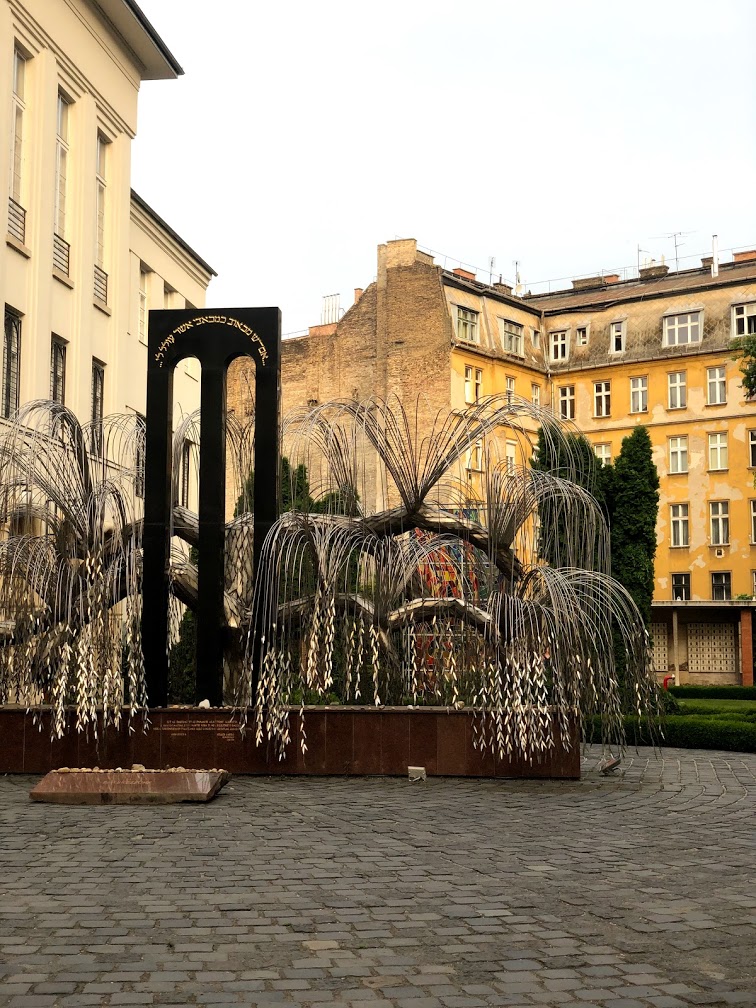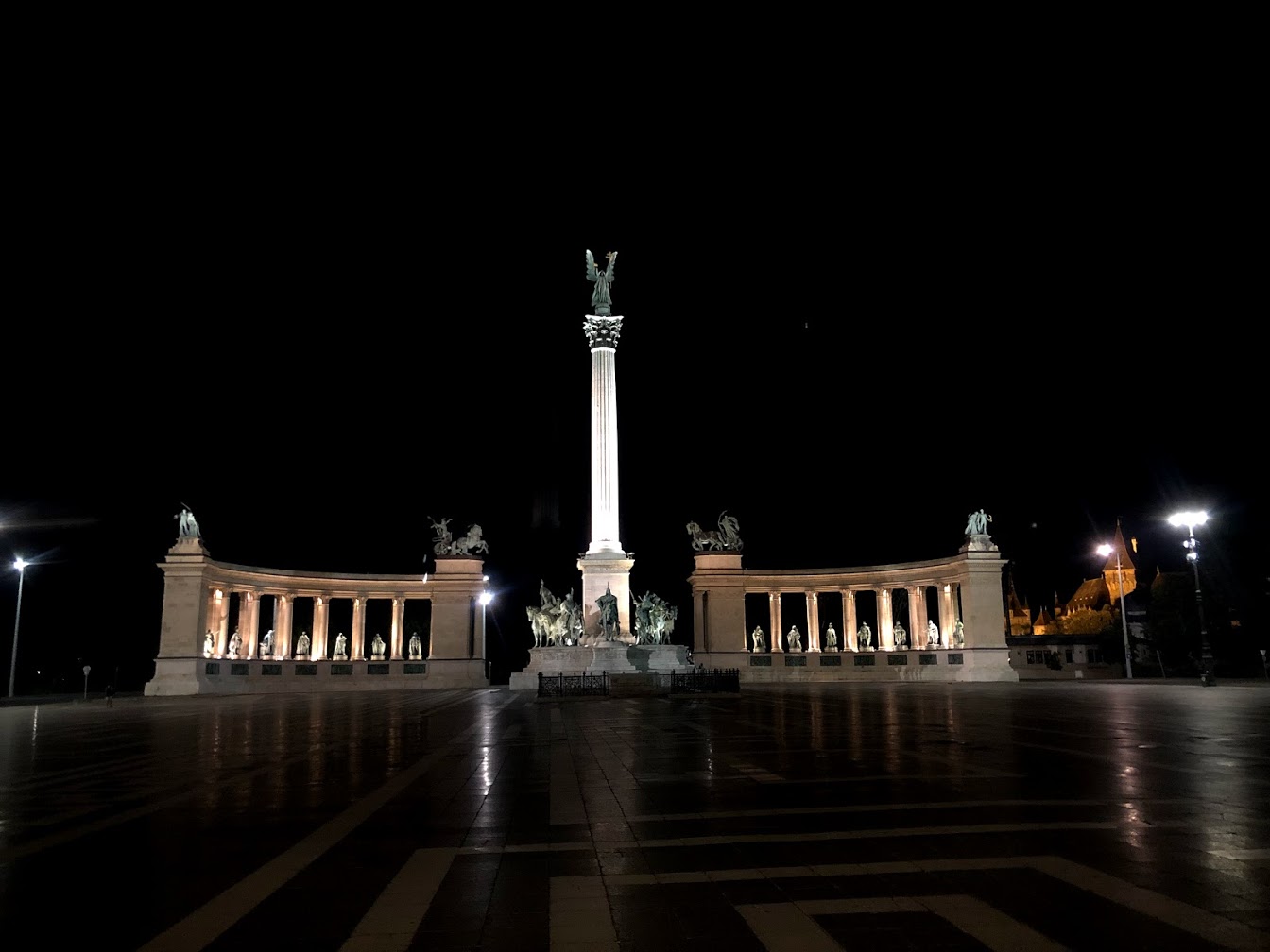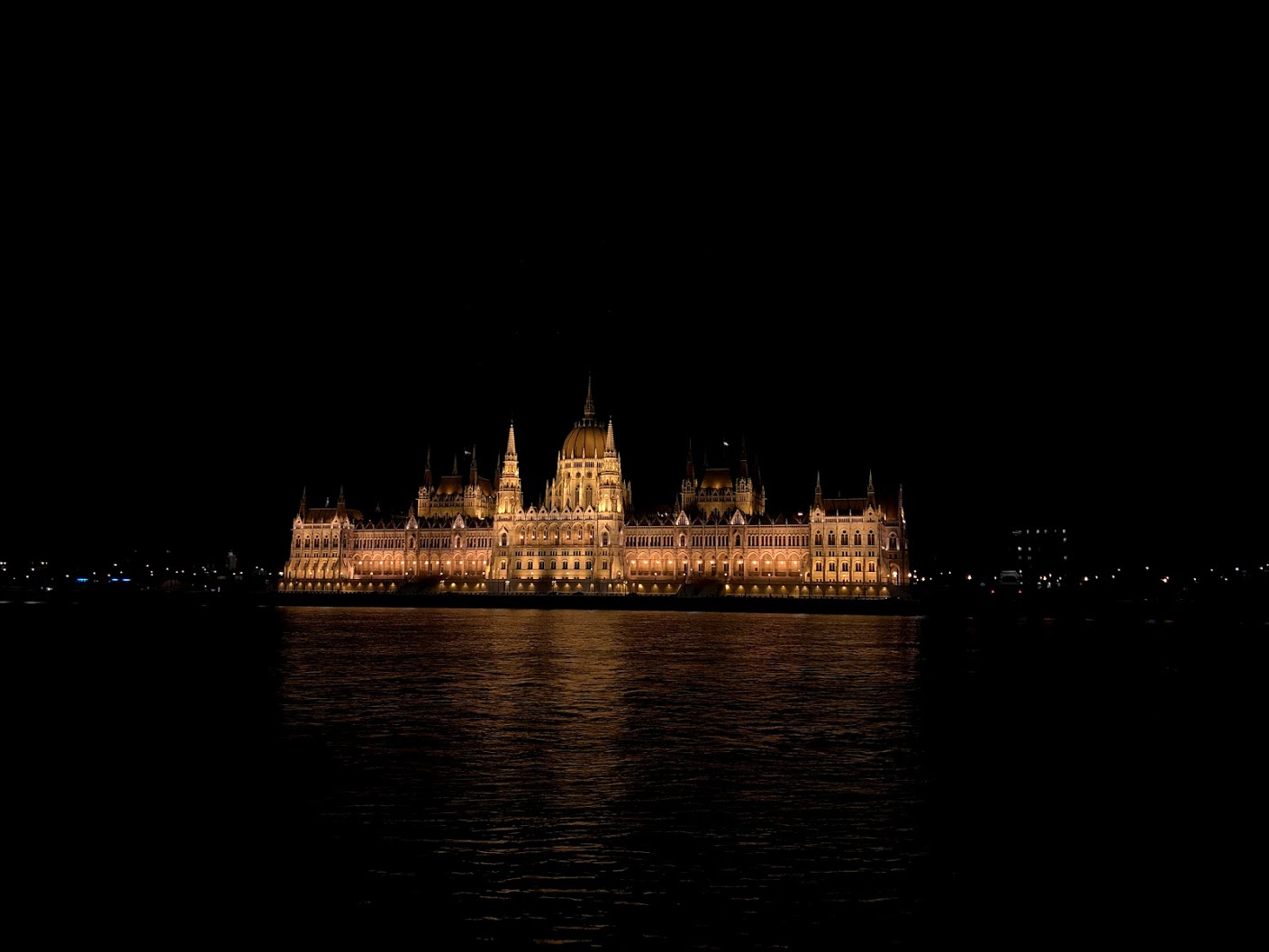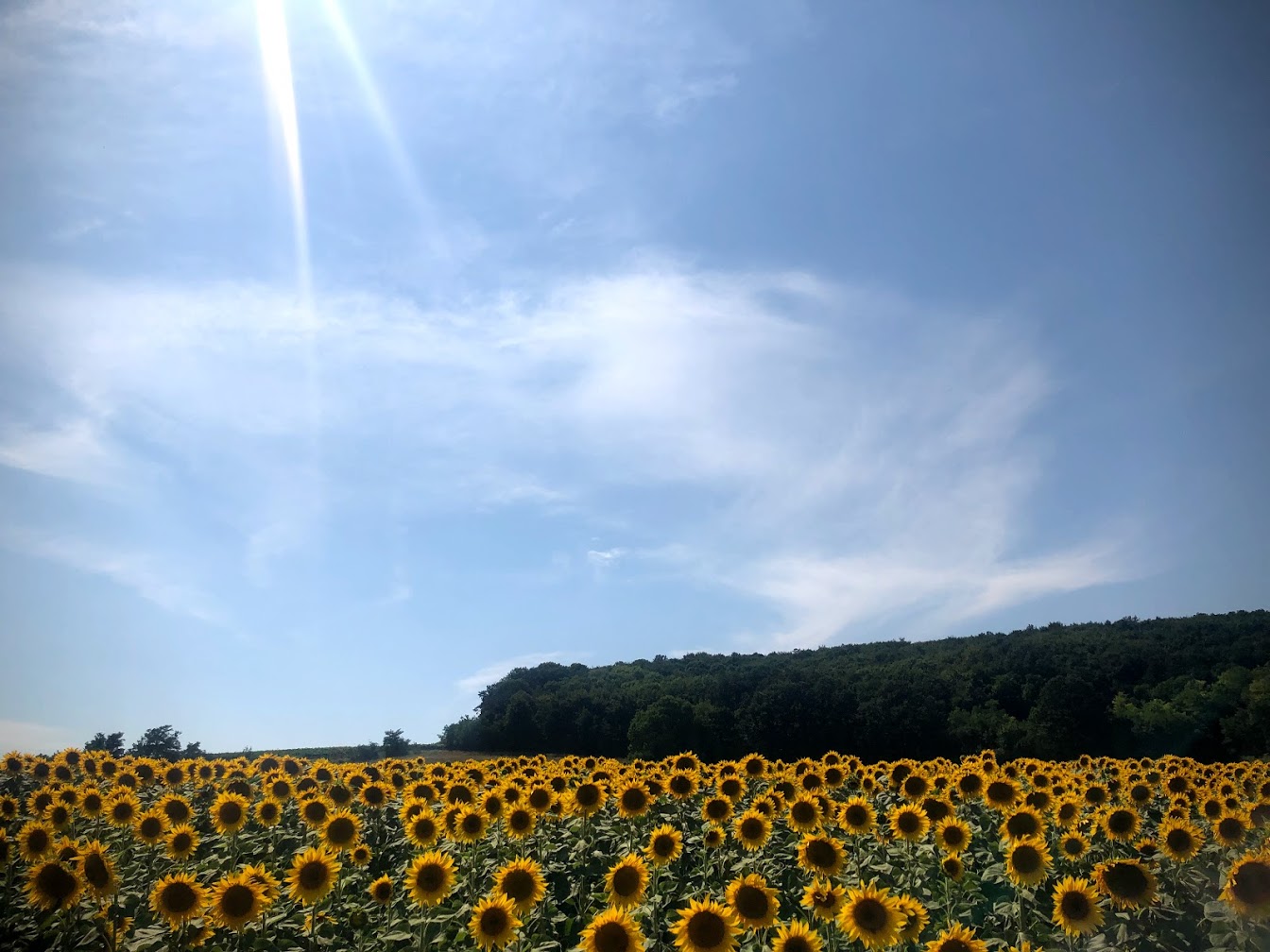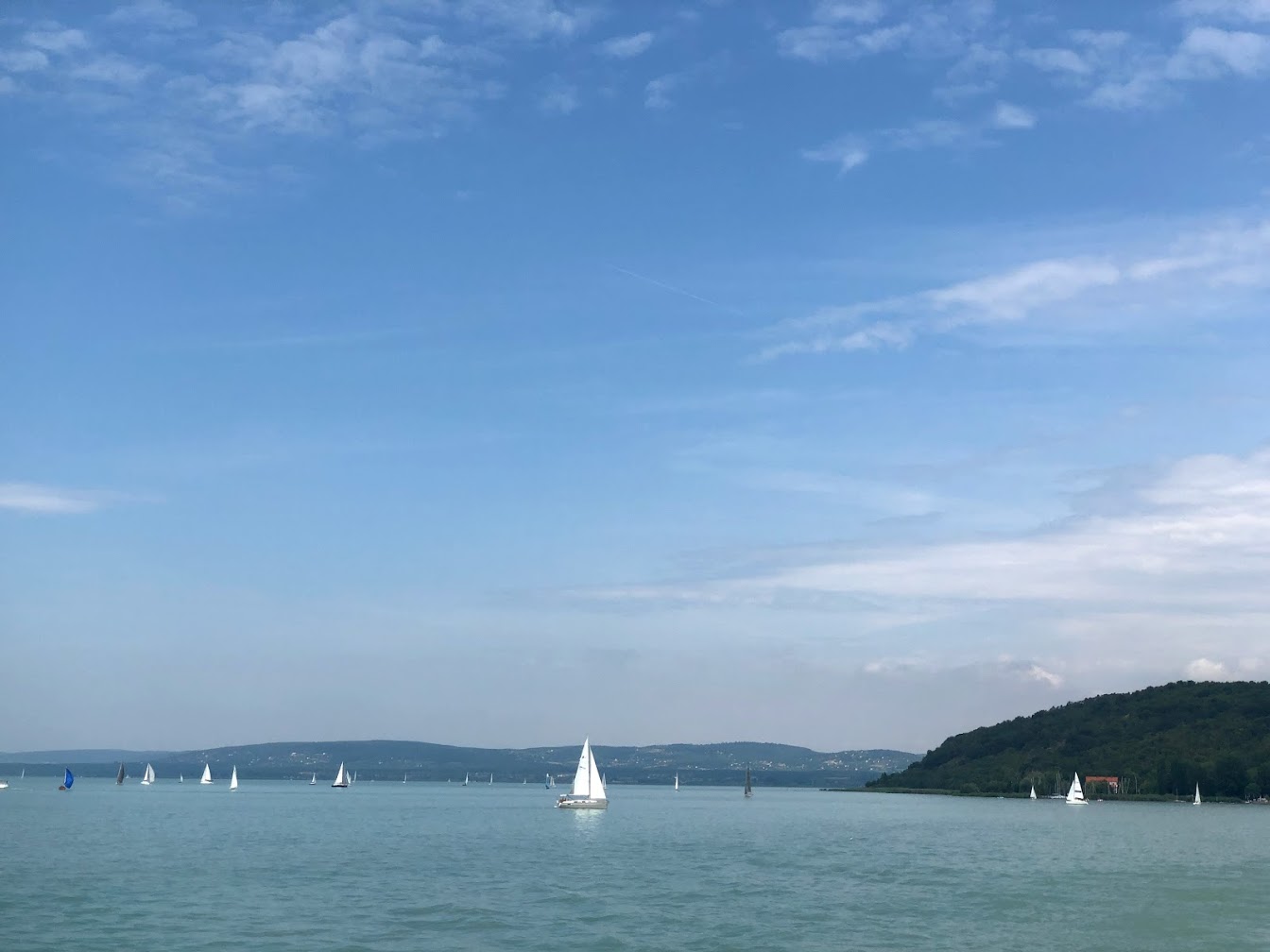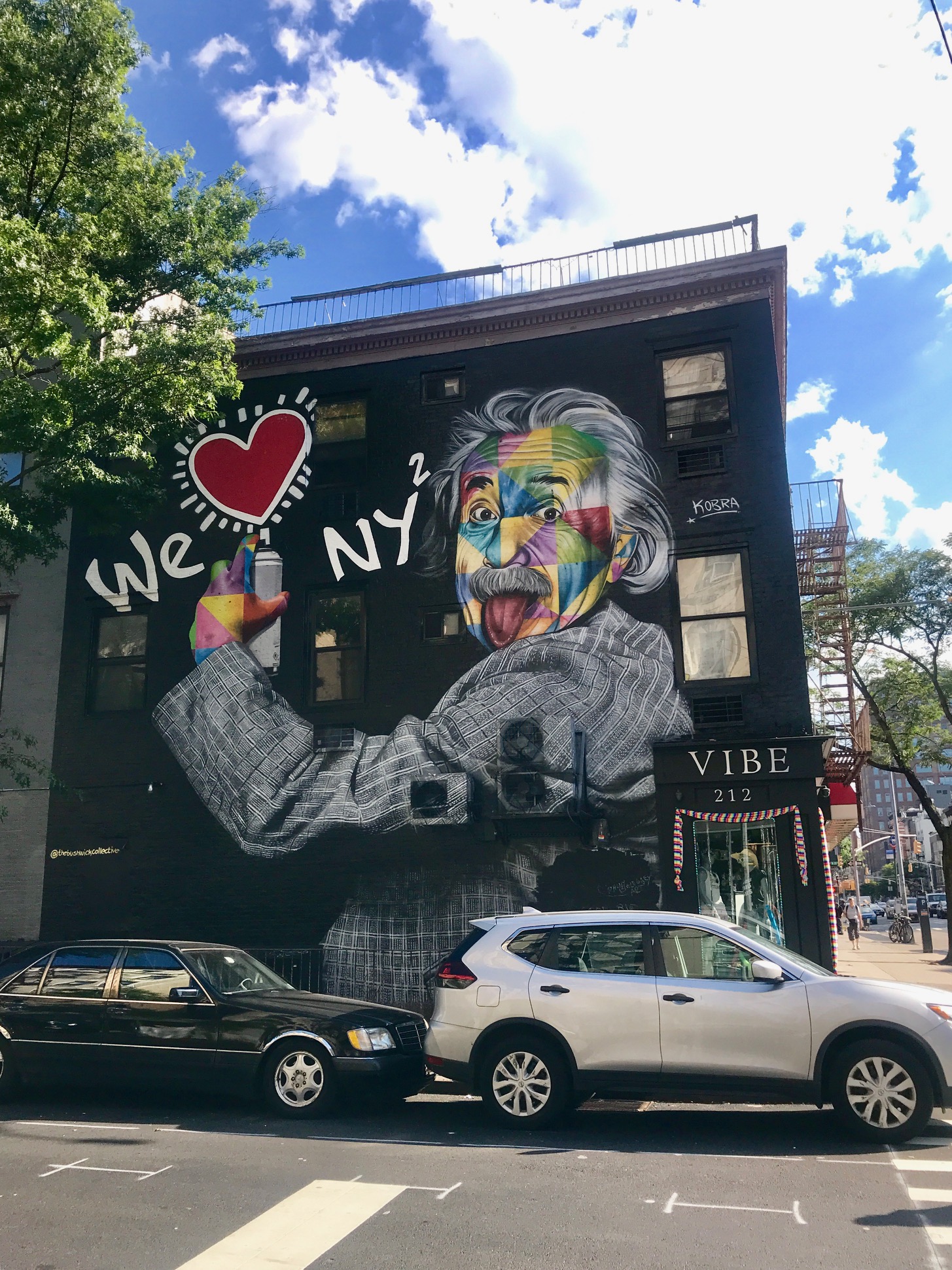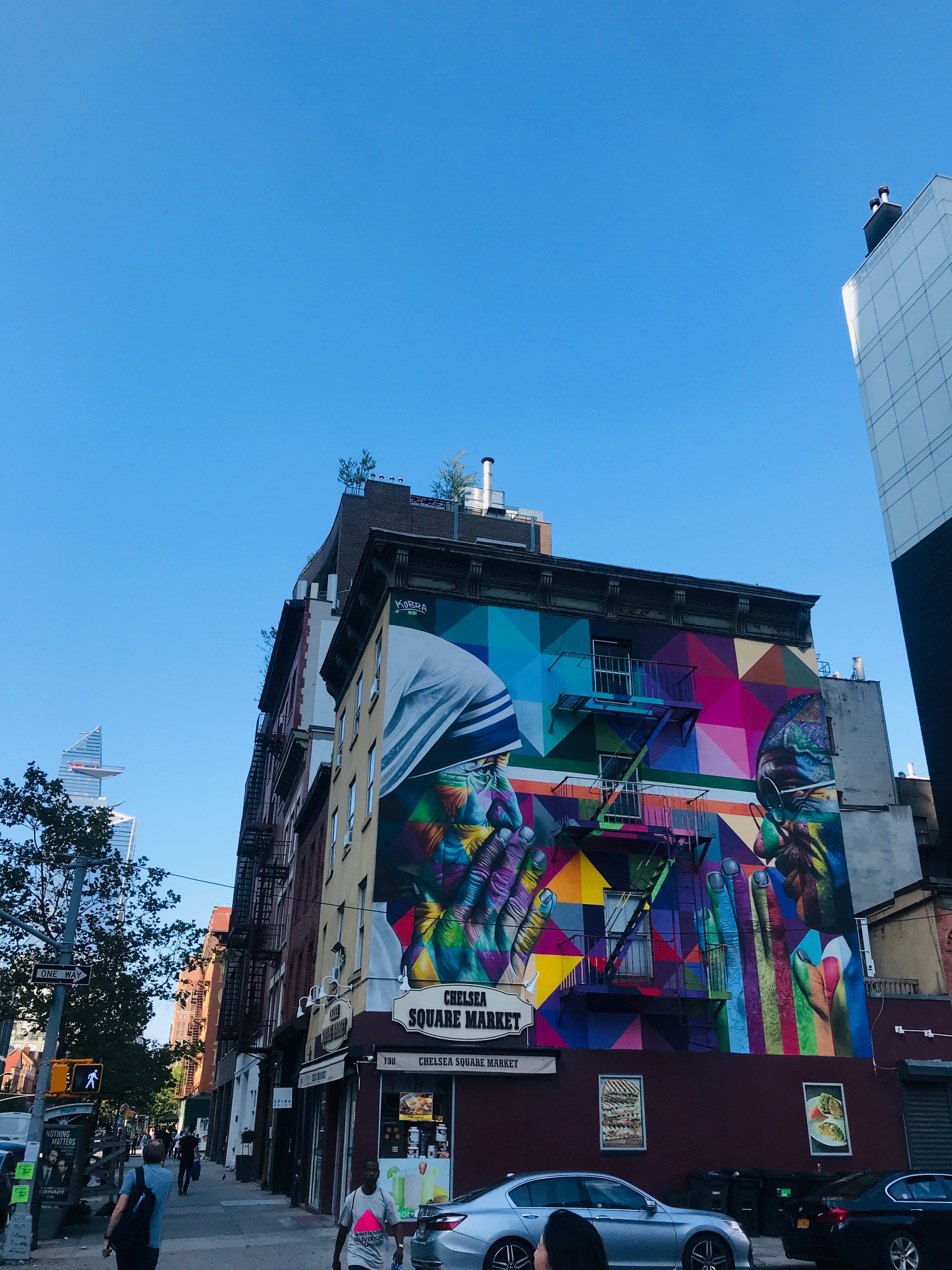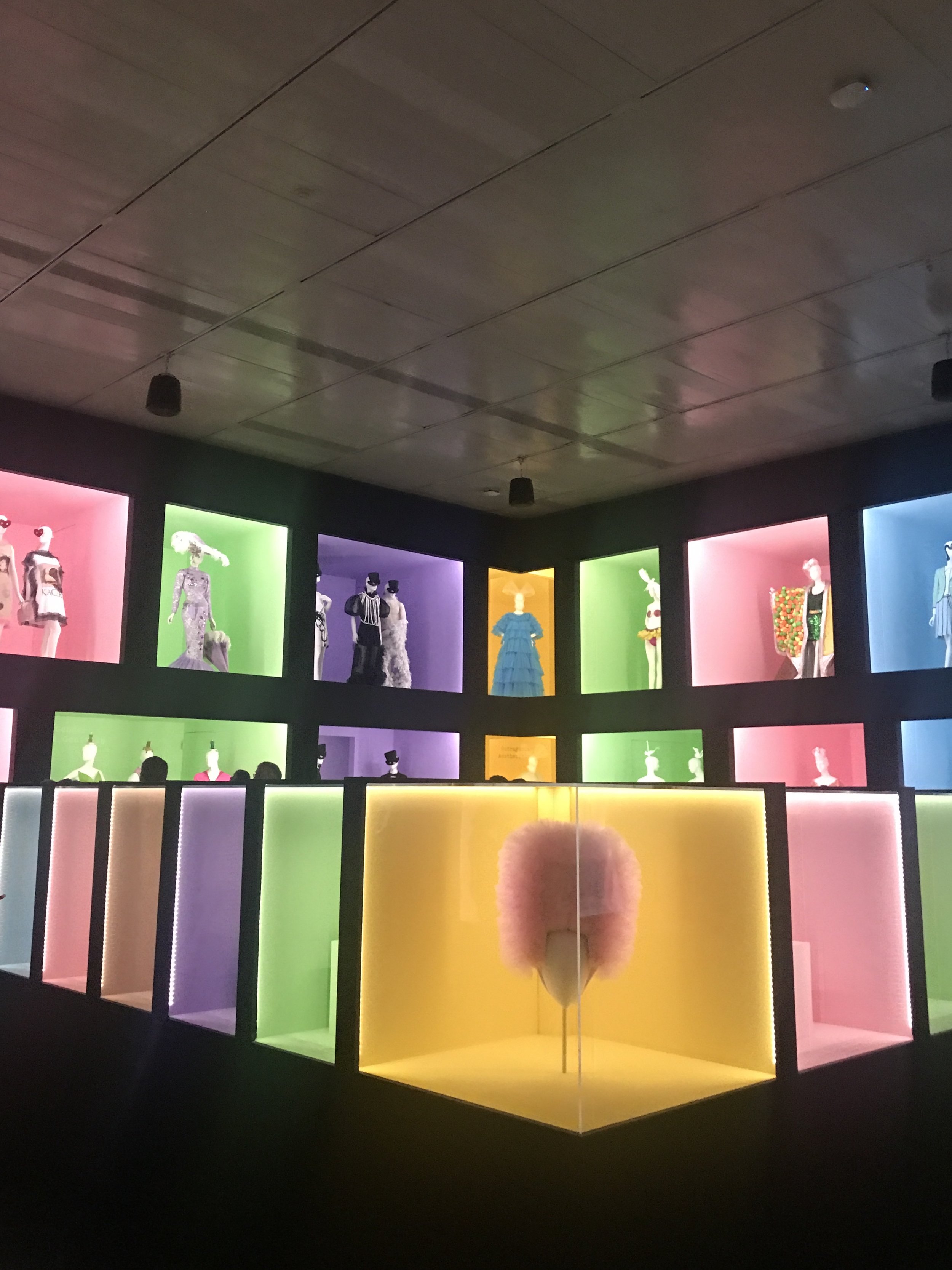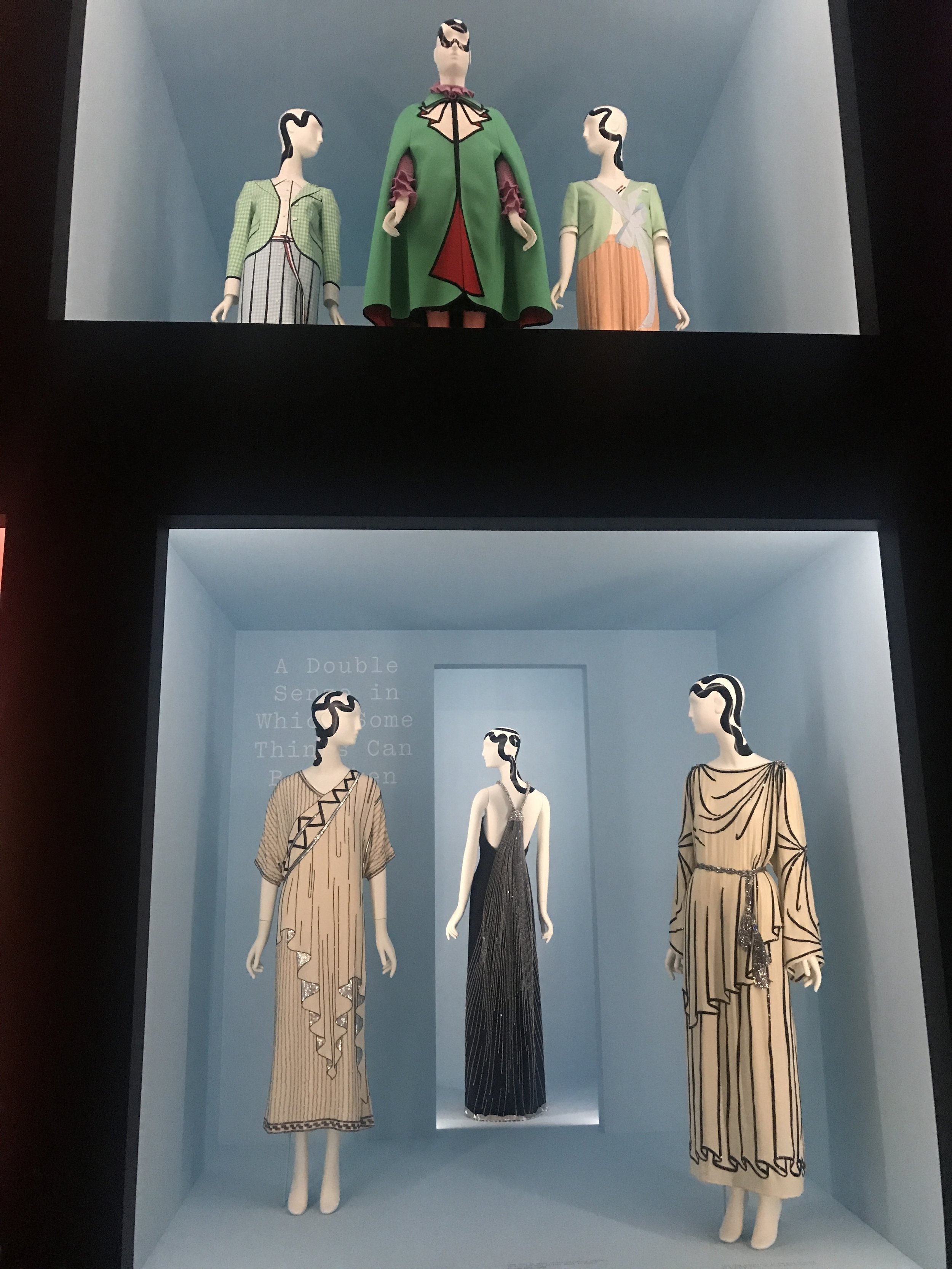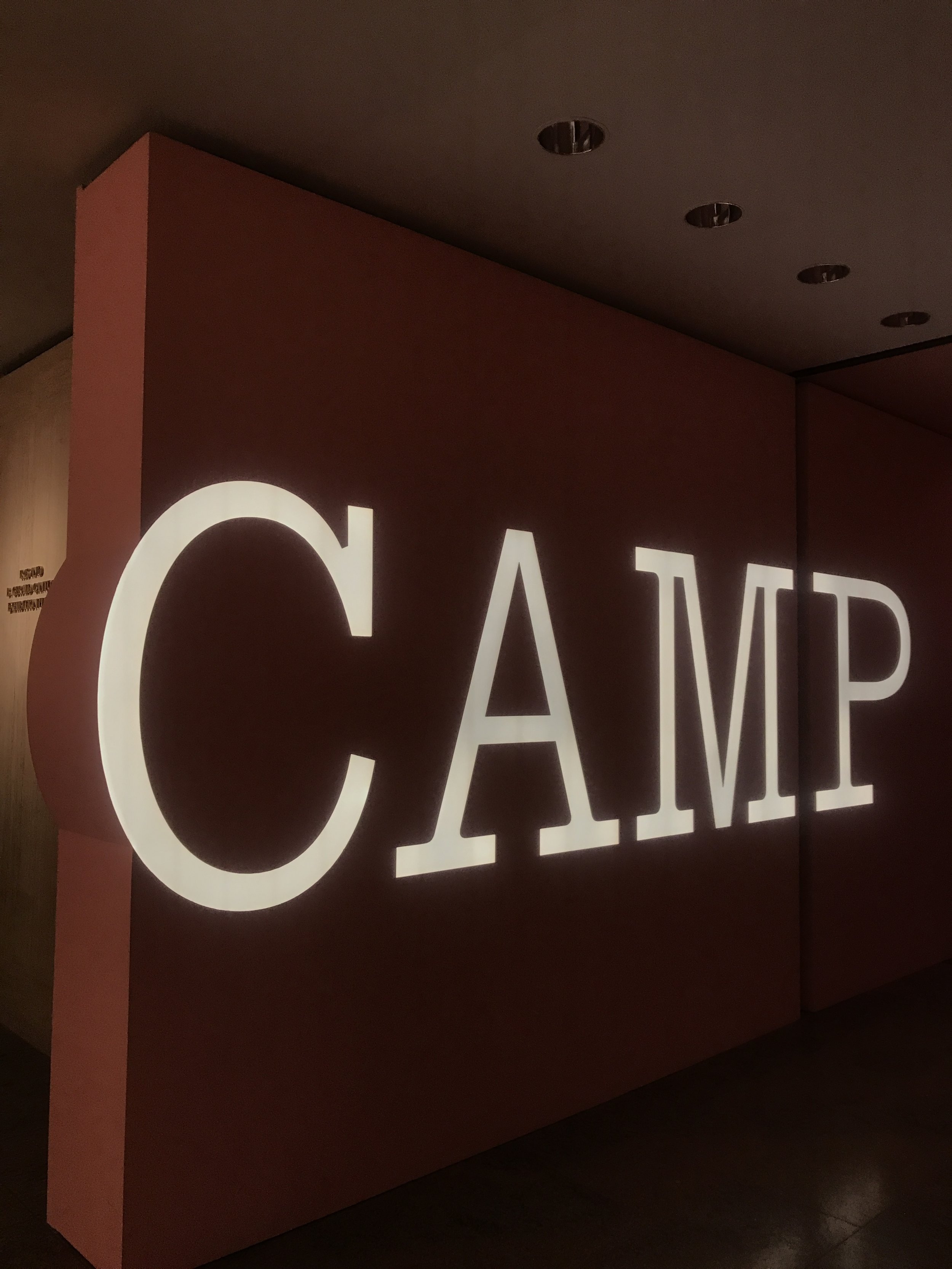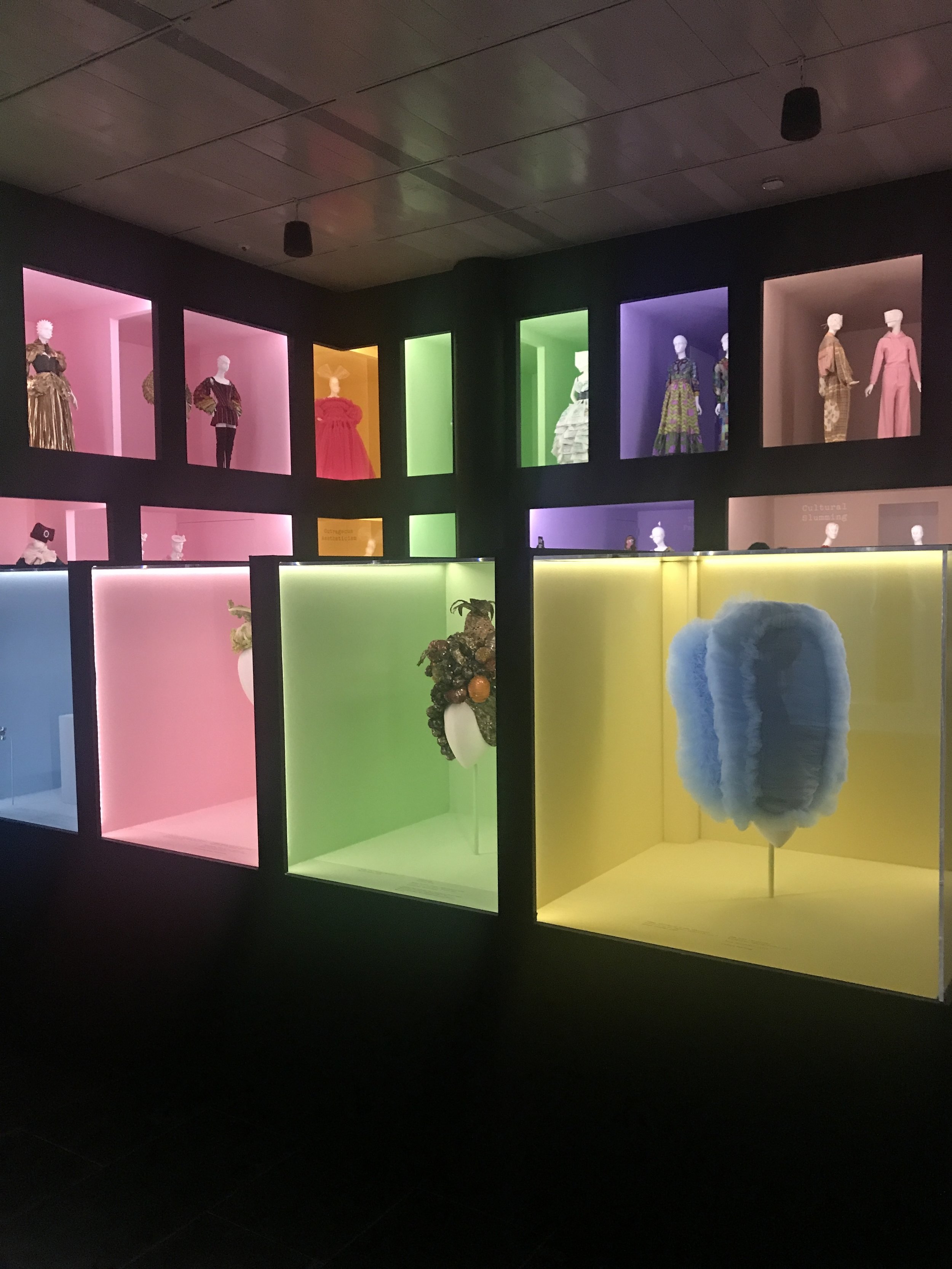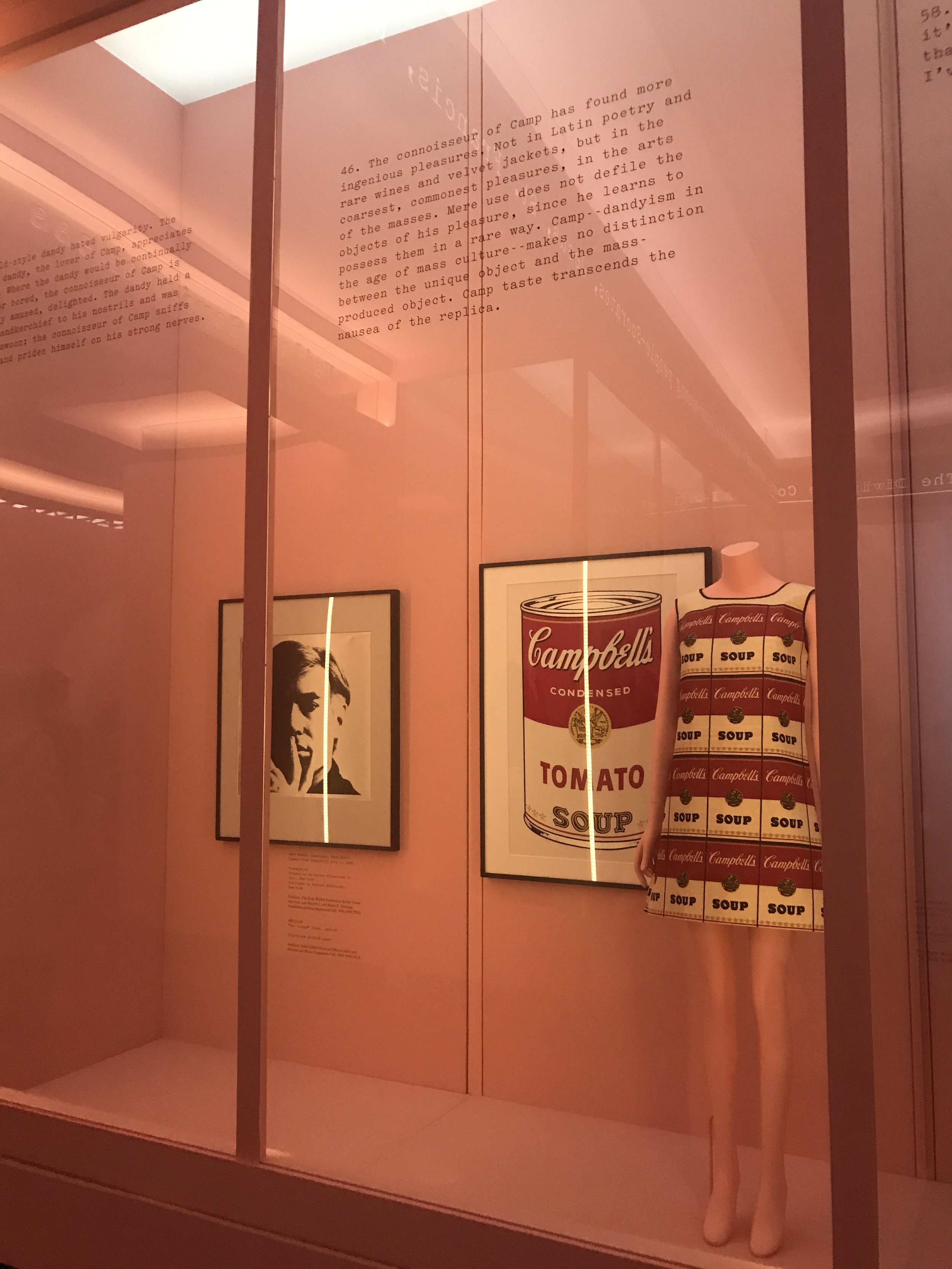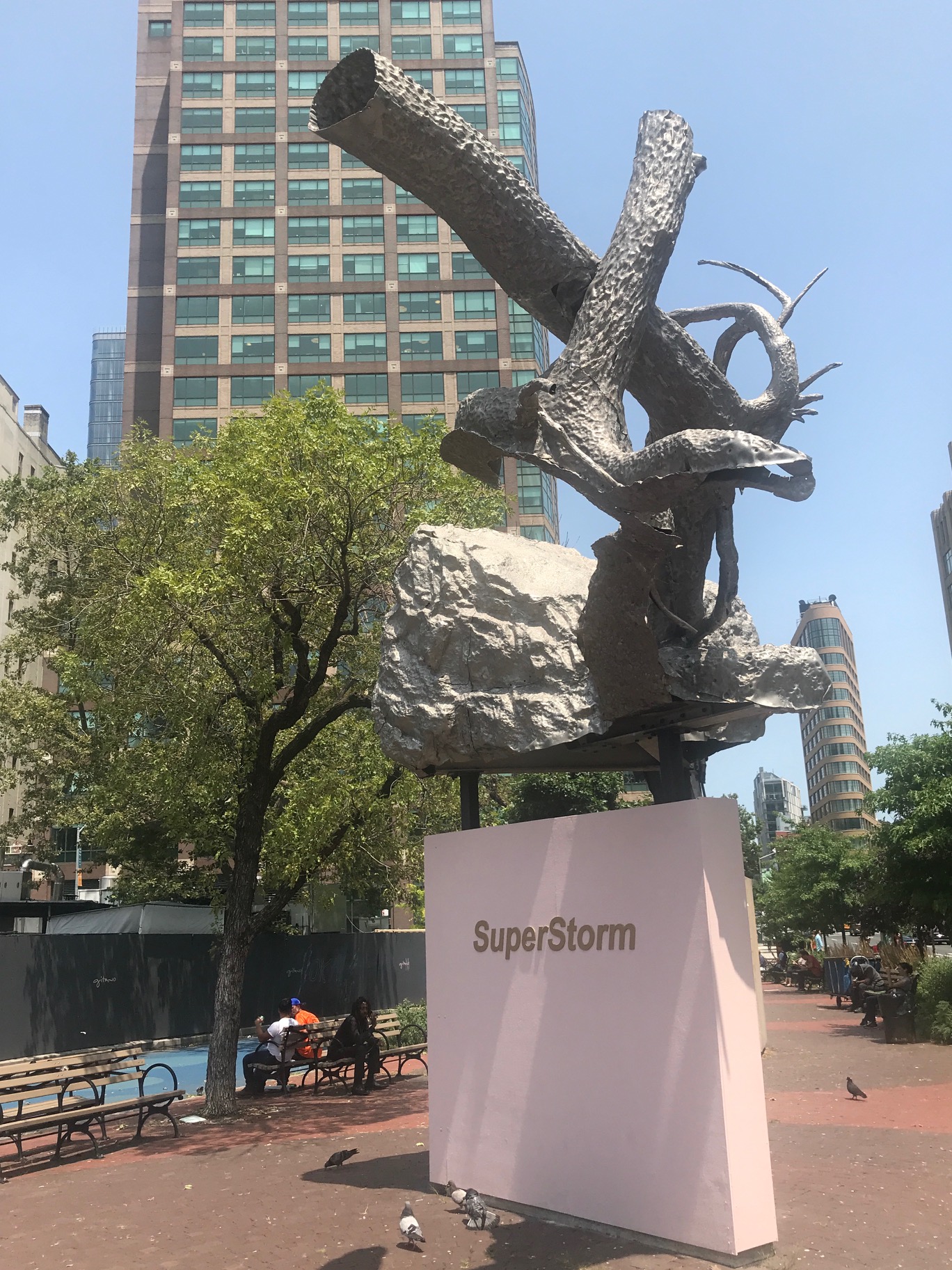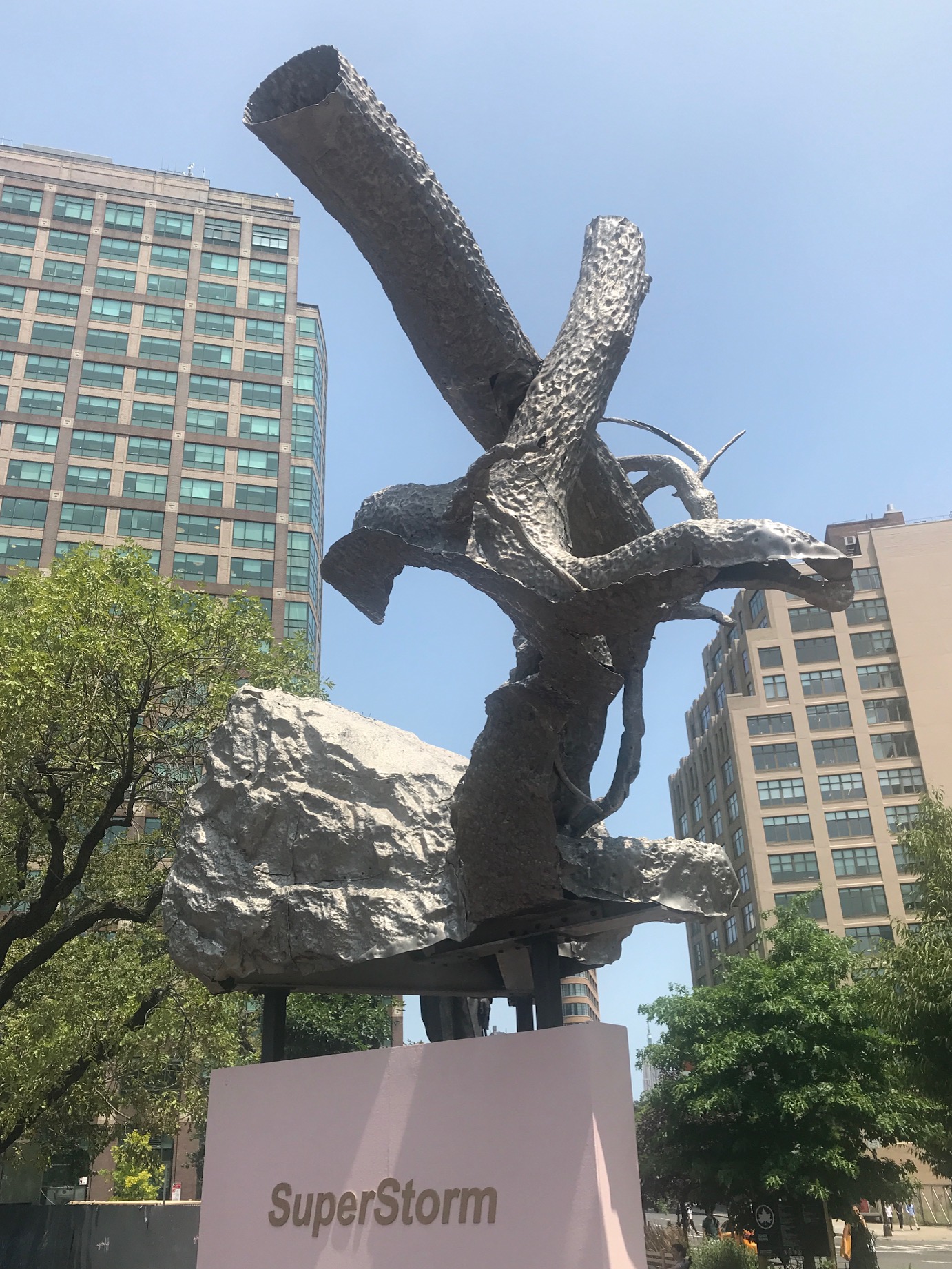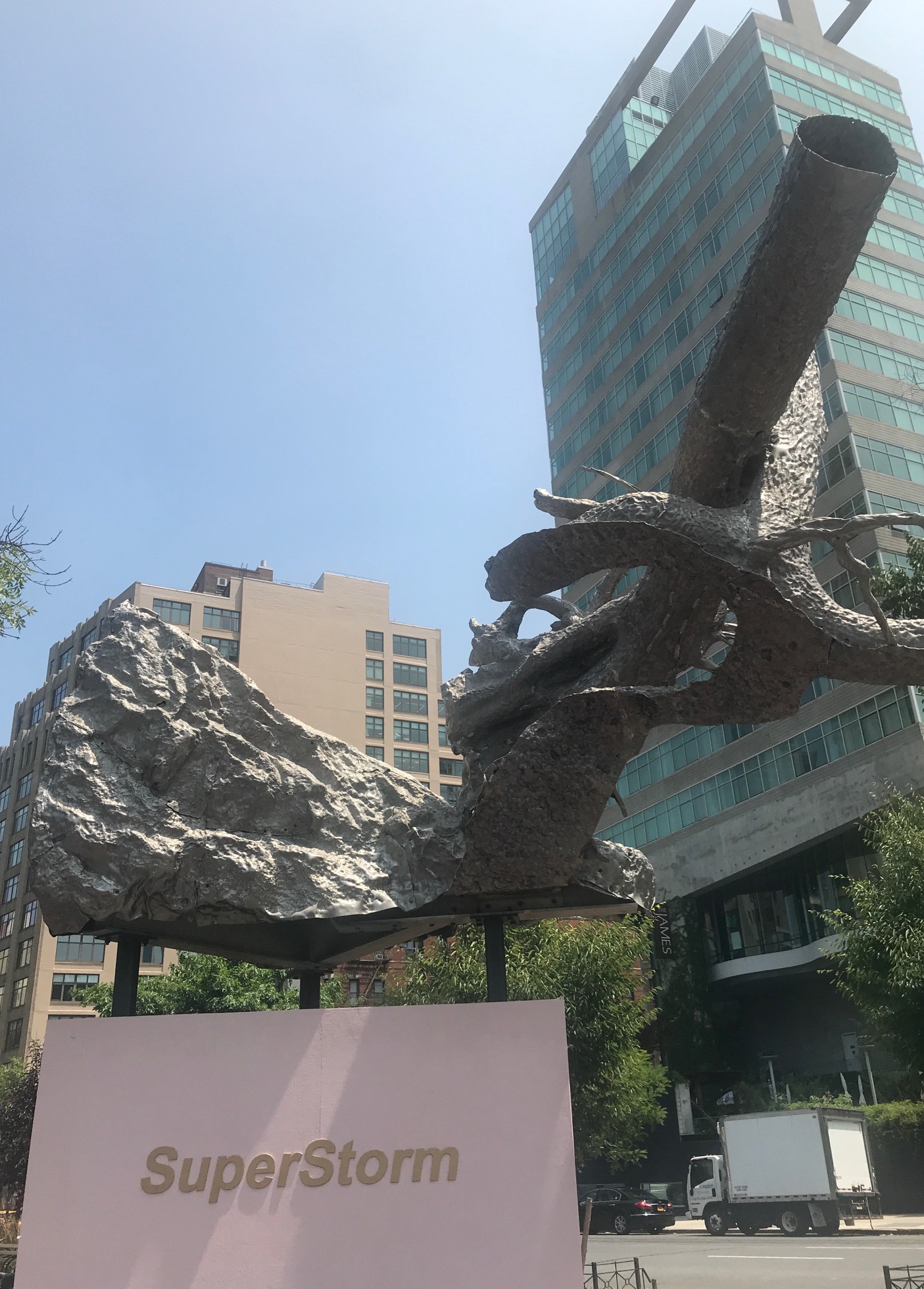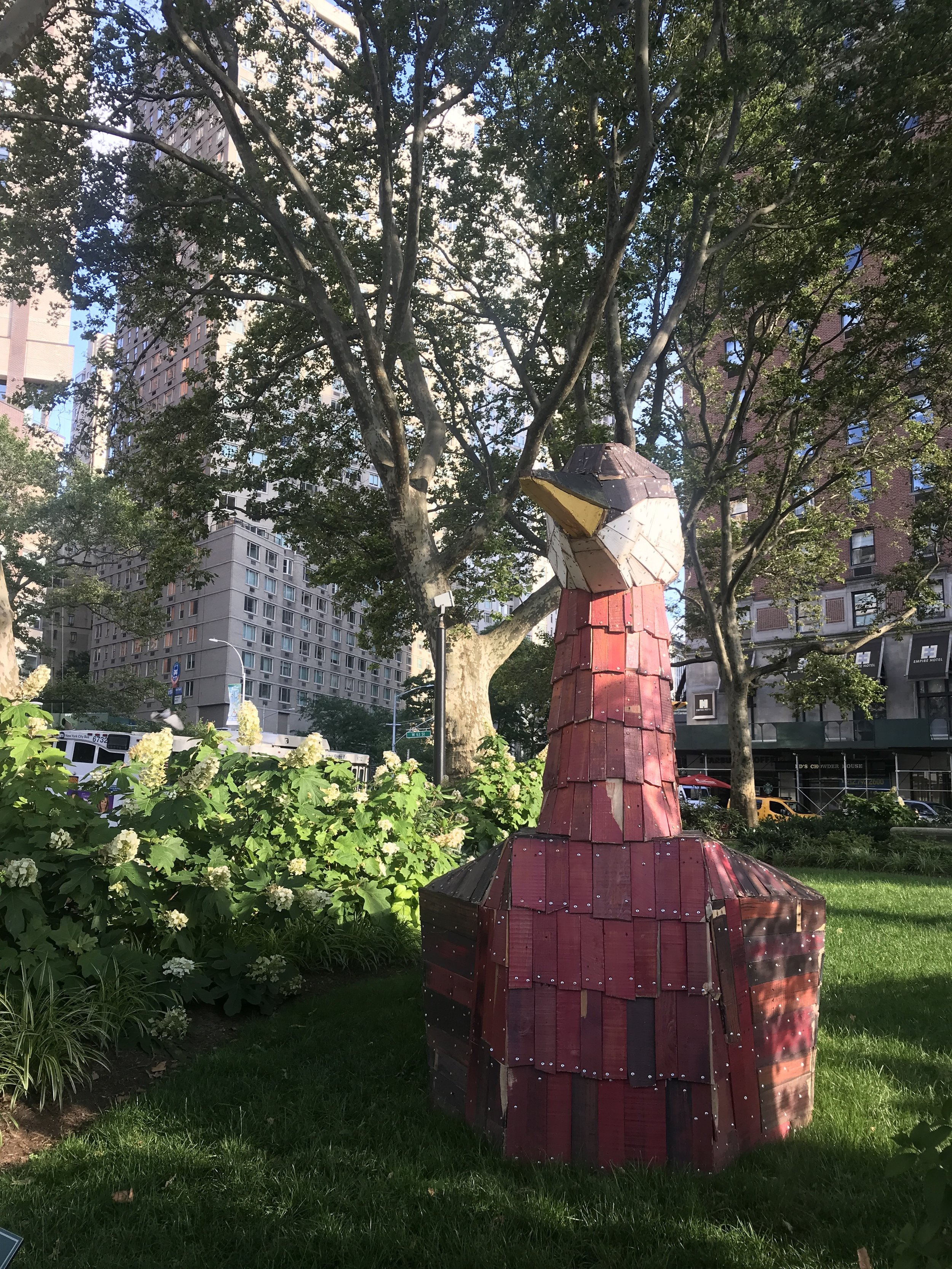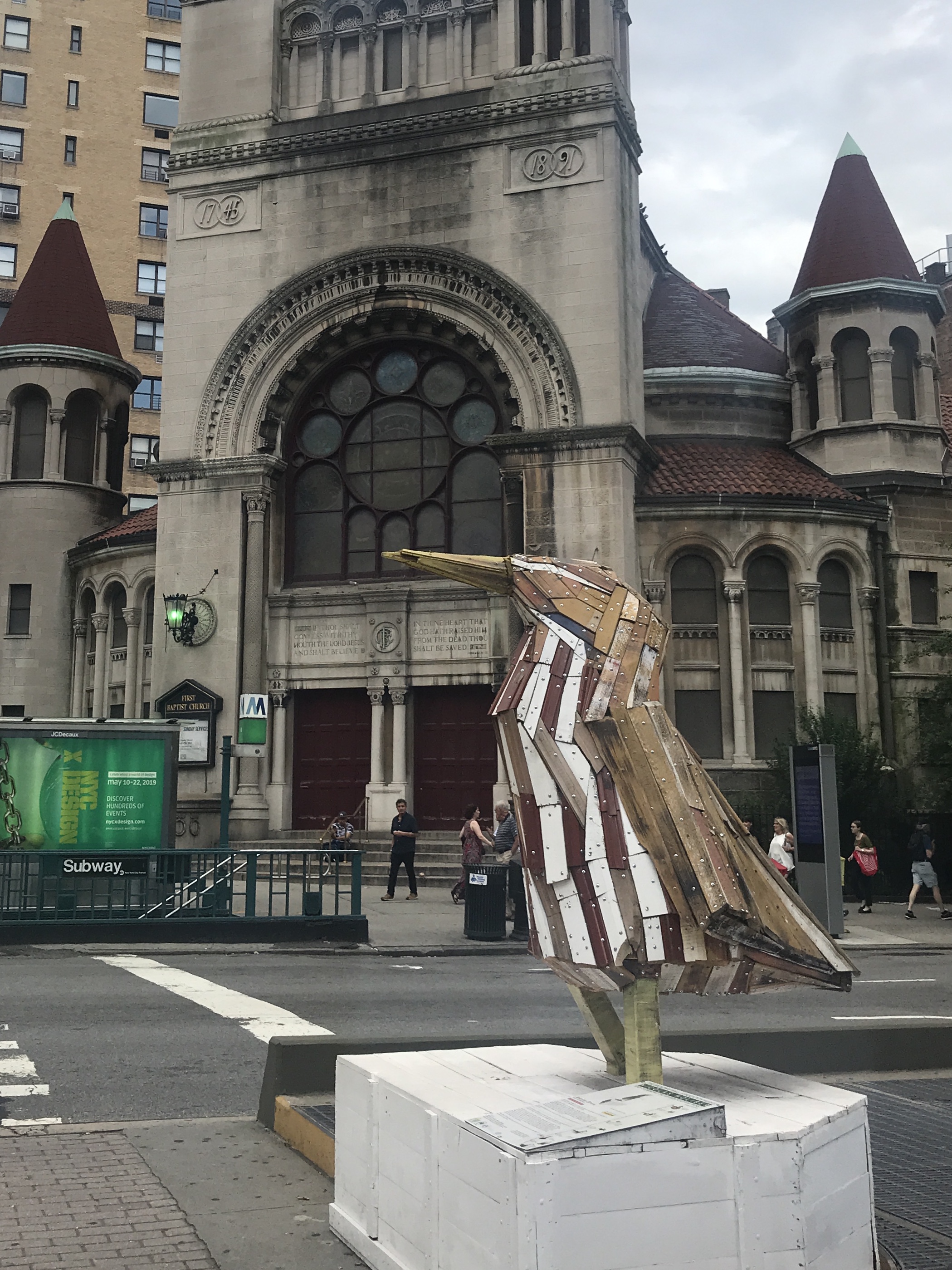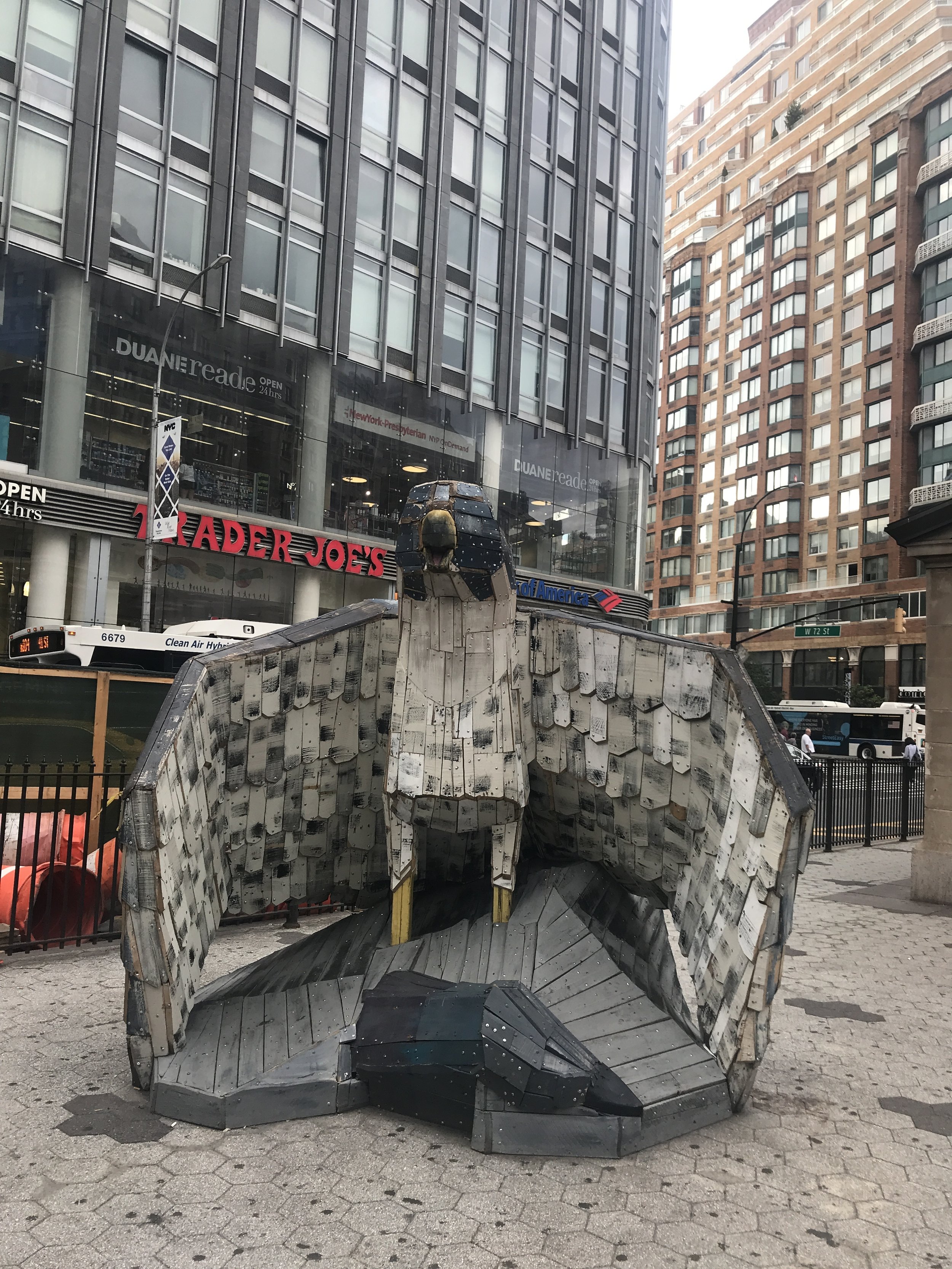Cookbook editor Leyla Moushabeck challenges the readers of The Immigrant Cookbook to “imagine an America without pizza or pad Thai, humus or hot dogs, sushi or strudel.” Not an easy task. Nor do I even want to imagine that because it sounds pretty tragic.
Read moreMinimalism/Maximalism at FIT
The Fashion Institute of Technology’s Minimalism/Maximalism exhibit examines the interplay between minimalist and maximalist aesthetics throughout history. While some styles are decidedly simple in color and design, other items openly celebrate extravagance and spectacle. Spanning from the eighteenth century to the present, the exhibit features garments and accessories from “alternating periods of excess and restraint,” which connect to larger social and economic trends of their times.
Minimalism/Maximalism will be on view through November 16, 2019 at FIT’s Fashion & Textile History Gallery on the corner of 28th Street and 7th Avenue in Manhattan.
Carolyn's Trip to Hungary
This week’s edition of Friday Photo(s) comes from Carolyn’s trip to Hungary. Carolyn visited historic landmarks in Budapest such as Heroes’ Square, known for its statues commemorating figures from Hungarian history. She also checked out the Hungarian Parliament Building, a World Heritage Site and functional government office, and the Holocaust Tree of Life Memorial, which has the family names of Holocaust victims inscribed in the metal tree, at the Dohány Street Synagogue, the largest synagogue in Europe.
Carolyn and her husband ventured beyond Hungary’s capital to scenic places like Lake Balaton, a popular summer destination that happens to be the largest lake in Central Europe. Near the Balaton and in the many small towns that they drove through, there were tons of sunflower fields as pictured above. Thank you to Carolyn for sharing her beautiful pictures with the blog!
Eduardo Kobra: Colors for Liberty
Eduardo Kobra’s colorful, playful murals can be spotted all across New York City. The famous Brazilian street artist has been active here since last year, painting Colors for Liberty, a series of 18 murals that share a message of peace and address injustices such as environmental problems, racism, and gun violence. Many of his pieces celebrate individuals who defined their generation by making a lasting positive impact in their community. Kobra remarks, “The idea is to use murals as a platform for issues that we are living with in the world today and talk about it in a peaceful way, without offending anyone or to promote hatred with my artworks.”
Pictured above are his murals around Chelsea and Soho: Albert Einstein We Love NY Squared, Mount Rushmore with Andy Warhol, Frida Kahlo, Keith Haring and Basquiat, Gandhi and Mother Teresa, and Kid with America Balloon.
U.S. Department of Homeland Security: DHS and DOJ Issue Third-Country Asylum Rule
The Department of Homeland Security (DHS) and the Department of Justice (DOJ) announced stricter eligibility qualifications for asylum seekers on July 15, 2019, according to a statement released by the DHS. The joint Interim Final Rule (IFR), published in the Federal Register as of July 16, 2019, denies asylum to any applicants who passed through a third country in transit to the United States but did not formally seek asylum in that country, with only a few exceptions.
Read more"Camp: Notes on Fashion" at The Met
Susan Sontag, author of the iconic 1964 essay “Notes on ‘Camp’”, stated, “To talk about Camp … is to betray it.” The Metropolitan Museum of Art’s exhibition “Camp: Notes on Fashion” explores the elusive camp aesthetic of deliberate stylization and extravagance in fashion. The exhibition, heavily influenced by Sontag, traces back to the origins of the camp aesthetic to 17th century France. Through more than 250 pieces, the exhibition showcases camp’s manifestations throughout history and the present, and how it continues to challenge established notions of taste, sexuality, and race.
“Camp: Notes on Fashion” is sponsored by Gucci with support from Condé Nast, and will be on display through September 8, 2019.
Robert Lobe: SUPERSTORM
Artist Robert Lobe’s metal sculpture of a tree that was torn out of the ground during Superstorm Sandy is currently on display in lower Manhattan at Duarte Square. Lobe recreated the tree using the repoussé technique, by hammering aluminum around the tree and corresponding boulder to capture their forms.
Although the original tree was found on the Appalachian Trail in New Jersey, the sculpture also serves as a memorial to remind pedestrians of the storm’s devastation in downtown Manhattan, where Lobe resides. The artist’s ability to capture both the tragedy and beauty of the felled tree also points to more current environmental issues related to climate change. The sculpture will remain on display until May 19, 2020.
Nicolas Holiber: Birds on Broadway, the Audubon Sculpture Project
Nicolas Holiber: Birds on Broadway displays ten oversized sculptures of New York City Birds that are endangered due to climate change all along the greenway between 64th and 157th Streets in Manhattan. Holiber crafted these sculptures entirely out of reclaimed lumber, to highlight the exhibition’s message about the urgency of environmental issues. Some of the featured birds include the American bittern, brant, common goldeneye, double-crested cormorant, and snowy owl. Pictured above are sculptures of the red-necked grebe, the peregrine falcon, and the American bittern.
Behind The Walls
Standing at almost 25 feet tall, Jaume Plensa’s monumental sculpture Behind the Walls is currently on public display in the iconic Plaza of New York’s Rockefeller Center. Plensa is one of 14 internationally famous artists contributing their artwork to the inaugural Frieze Sculpture, a major public art initiative. Though Plensa hails from Spain, his many public artworks have been featured in various cities around the world such as Chicago and London. In regards to his sculpture, Plensa says, “Sometimes, our hands are the biggest walls. They can cover our eyes, and we can blind ourselves to so much of what’s happening around us… To me, it’s an obsession to create a beautiful object with a message inside.” The sculpture encourages its viewers to reflect on their own perspectives and actions as they relate to the world around them. Behind the Walls, along with the other public sculptures, will remain at Rockefeller Center until June 28, 2019.
The Garden Court at The Frick Collection
The Frick Collection houses a number of distinguished European sculptures and paintings in the former residence of Henry Clay Frick (1849-1919) on the Upper East Side. After browsing the Frick’s impressive galleries, visitors often like to enjoy the Garden Court and sit by the fountain. John Russell Pope drew inspiration for the design of this serene space from similar courts in Washington, D.C. in the mid-1930s, when the Frick was being converted from a residential space to a public museum. The museum’s special exhibitions currently include: Elective Affinities: Edmund de Waal at The Frick Collection, Whistler as Printmaker: Highlights from the Gertrude Kosovsky Collection, and Tiepolo in Milan: The Lost Frescoes of Palazzo Archinto.


